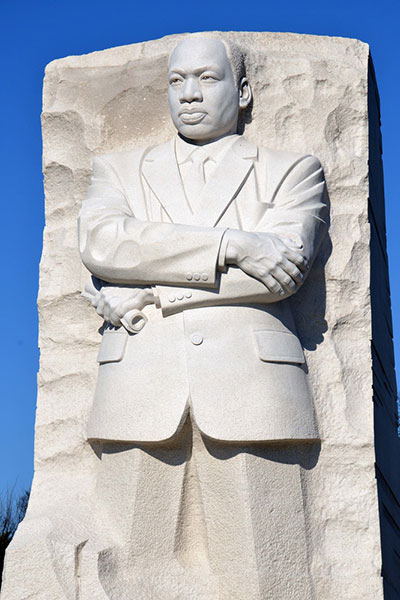National Black (African American) History Month: February 2023
National Black (African American) History Month: February 2023
To commemorate and celebrate the contributions to our nation made by people of African descent, American historian Carter G. Woodson established Black History Week nearly a century ago. The event was first celebrated during the second week of February 1926, selected because it coincides with the birthdays of both Abraham Lincoln (February 12) and abolitionist/writer Frederick Douglass (February 14). That week would continue to be set aside for the event until 1976 when, as part of the nation’s bicentennial, it was expanded to a month. Since then, U.S. presidents have proclaimed February as National Black History Month.
The following facts are made possible by the invaluable responses to the U.S. Census Bureau’s surveys. We appreciate the public’s cooperation as we continuously measure America’s people, places and economy.
Did You Know?
49,586,352
The Black or African American alone or in combination population in the United States in 2021.
Source:
90.3%
The percentage of African Americans ages 25 and older with a high school diploma or higher in 2021.
33.7%
The percentage of the employed Black population age 16 and older working in management, business, science and arts occupations in 2021.
Source:
140,918
The number of Black-owned employer businesses in the United States in 2020.
Source:

2.0 million
The number of Black civilian military veterans in the United States nationwide in 2021.
Source:
More on Population Size
Voting Rights
Income, Poverty and Health Insurance
More Stats
See a detailed profile on the Black population from the 2021 American Community Survey. Statistics include:
- Families and children.
- Marital status.
- Grandparents living with grandchildren.
- Jobs.
- Labor force participation.
- Occupation.
- Commuting.
- Housing.
Related News Products
Past Facts for Features
- National African American (Black) History Month: February 2022.
- National African American (Black) History Month: February 2021.
- National African American (Black) History Month: February 2020.
- National African American (Black) History Month: February 2019.
- National African American (Black) History Month: February 2018.
Stats for Stories
Graphics
- Recent Black High School Attainment On Par With National Average (1/25/2022)
- Martin Luther King, Jr. Day (1/12/2023)
- Black Education on the Rise (1/12/2023)
- High School Education Gap Narrows Among the Young (1/7/2021)
Observances in our Facts for Features series:
- National Black History Month (February)
- Women's History Month (March)
- Irish-American Heritage Month (March)
- Asian American and Pacific Islander Heritage Month (May)
- The Fourth of July
- Anniversary of Americans With Disabilities Act (July 26)
- National Hispanic Heritage Month (Sept. 15 – Oct. 15)
- Halloween (Oct. 31)
- National Native American Heritage Month (November)
- Veterans Day (Nov. 11)
- Holiday Season (November — December)
Editor’s note: These data come from a variety of sources and may be subject to sampling variability and other sources of error. We generally release Facts for Features about two months before observances to accommodate magazine production timelines. For more information, contact the Census Bureau’s Public Information Office at (301)763-3030 or <[email protected]>.
Profile America's Facts for Features provides statistics related to observances and holidays not covered by Stats for Stories. For observances not listed above, visit our Stats for Stories webpage.
Stats for Stories provides links to timely story ideas highlighting newsworthy Census Bureau statistics that relate to current events, observances, holidays and anniversaries. The story ideas are intended to assist the media in story mining and producing content for their audiences. Dates with presidential proclamations are marked with (P).






